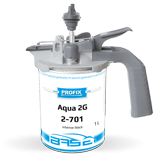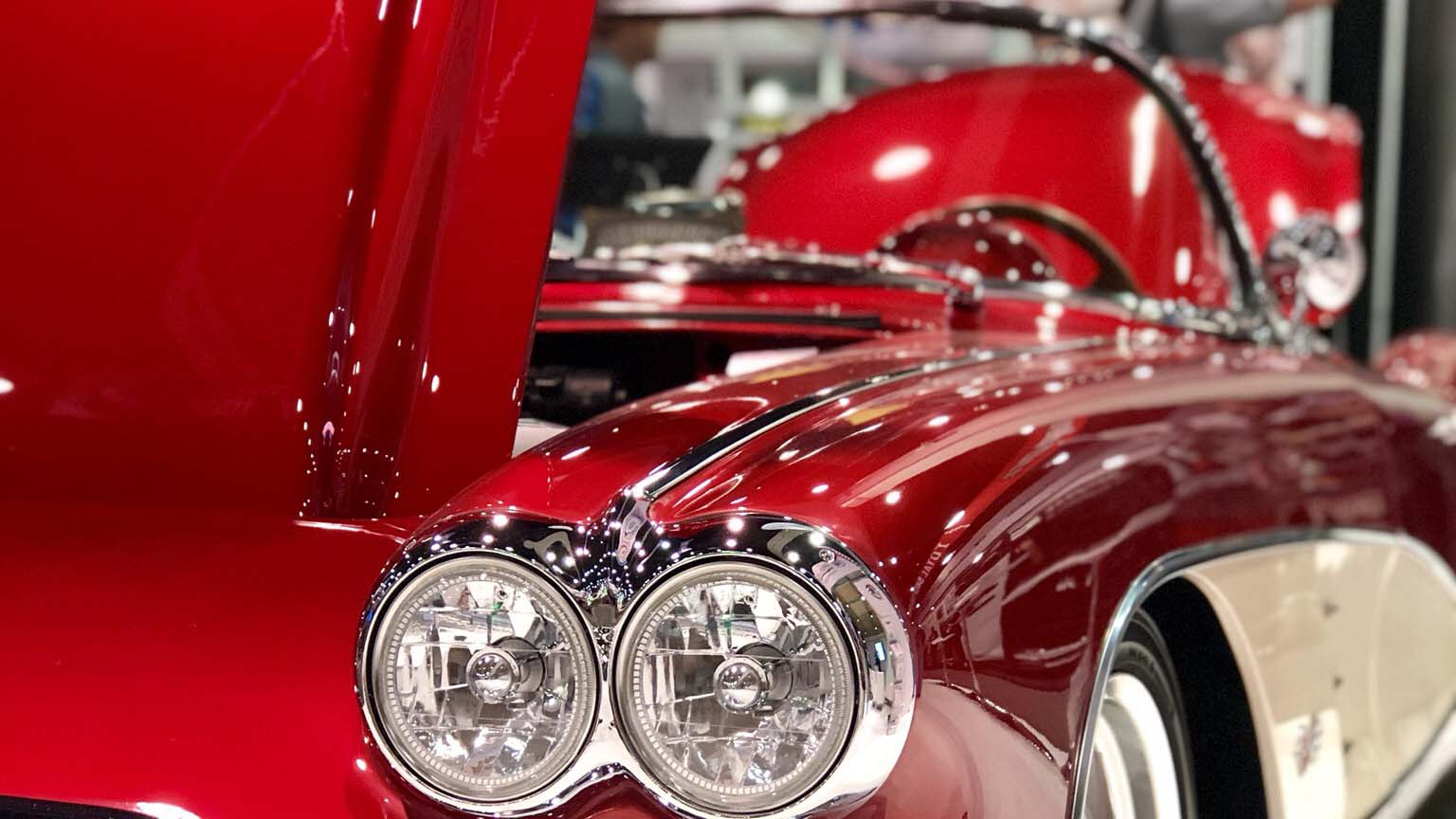Recently added
Related products
Stone chip and underbody protection CP 325
Most read
Why use the water-soluble lacquers, when the conventional ones are available?
Structure within the lacquers
Structure within the lacquers
The car refinishing process is based on accurate and faithful reproduction of the repaired coating. At the starting point, it should be emphasized that the factory coating, in particular the anti-corrosion layer, is applied in a completely different way than the renovation process. The challenge for manufacturers is to choose the type of preparation appropriate to the type of material the vehicle is built on. Today's bodywork is a unique combination of materials from aluminum, steel to plastics. It is therefore important to select the right materials and technologies in order to effectively rebuild the bodywork protection features.
Automotive paint consists of several layers, each of which is assigned a specific task. Depending on the role assigned, we divide it into:
- anti-corrosive layer,
- isolation primer,
- topcoat with selected color.
When we provide appropriate protective properties, we start to recreate the coating. Selecting the right color of the varnish using the color tool systems is not the end of our work.
The color of the lacquer is not everything
Be sure to accurately reproduce the conditions of car painting to the conditions in which we did the test spray. It includes proper air pressure, number of layers and spray gun. Mini spray pistols with a smaller nozzle are often used in the spray booth, which reduces the reliability of the test spray. Before painting, make sure that the anti-corrosion protection coating in the repaired area is properly repaired. This also applies to the color of the underlay, which is of great importance in the final result obtained by painting.
KThe final effect provides us with a properly applied colorless varnish, which protects the color of the surface not only against color loss, but also against external factors, such as scratches or variable weather aura. In this way we get a colorful, glossy or matt, smooth surface.
What if the original surface is not smooth?
This happens when we recreate coating on a rough surface. The Profix acrylic Bumper lacquer (e.g. CP 582 or the popular anti-gravel CP 325 UBS) is characterized by a granular plastic resemblance. The use of such a product is very versatile and usually such layer is applied to items that are vulnerable to mechanical damage such as bumpers or flooring in delivery vehicles, although it does not end the applications.
The products in question are usually one-component thermoplastic products intended to be applied by a spray gun. The main component of this product are acrylic resins and those containing heavy hydrocarbons produced by the production of crude oil and gasoline. Aromatic hydrocarbons usually serve as solvents with very good results, despite bad reputation when it comes to environmental hazard.
Are 1K lacquers harmful to the environment?
It is possible to replace the harmful solvents contained in these products with their water-soluble counterpart. This gives us products that meet increasingly stringent environmental standards. Structural lacquer based on these components has a short drying time (about 40 minutes after spraying, coating is fully cured within 12 hours). One of the most important features of structural varnishes is the strong hiding power. Thanks to that, they are perfect for painting bumpers, chassis, strips and other plastic elements except PE.
Facts about varnish
Thanks to continuous work on new products, irregular lacquer structure provides us with suitable fillers. Therefore, the unconventional structure may be different depending on the substrates used.An undoubted limitation is the coloring of the structural varnish. The appropriate color mapping structure is obtained in black or gray with different color intensity, depending on the degree of mixing. In these colors you can get the perfect masking effect of surface defects and imitate the natural look of plastic. The resulting coating has a high durability to damage, resistance to weather conditions and temperatures up to 70 ° C (which is important for the use of lacquer in the car's chassis). Importantly, the application of structural lacquer does not cause problems, it can be applied to most plastic surfaces without the use of a primer. Before application, it is necessary to thoroughly clean and degrease the varnished coating. Depending on the type of spray gun, the coating is applied at a pressure of 2-3 bar at a distance of 15-20 cm. If necessary, after about 30 minutes, it is possible to apply the next coat of lacquer. The type of structure obtained can be adjusted by varying the gun distance from the sprayed surface, the air pressure prevailing therein and the degree of paint dilution.











